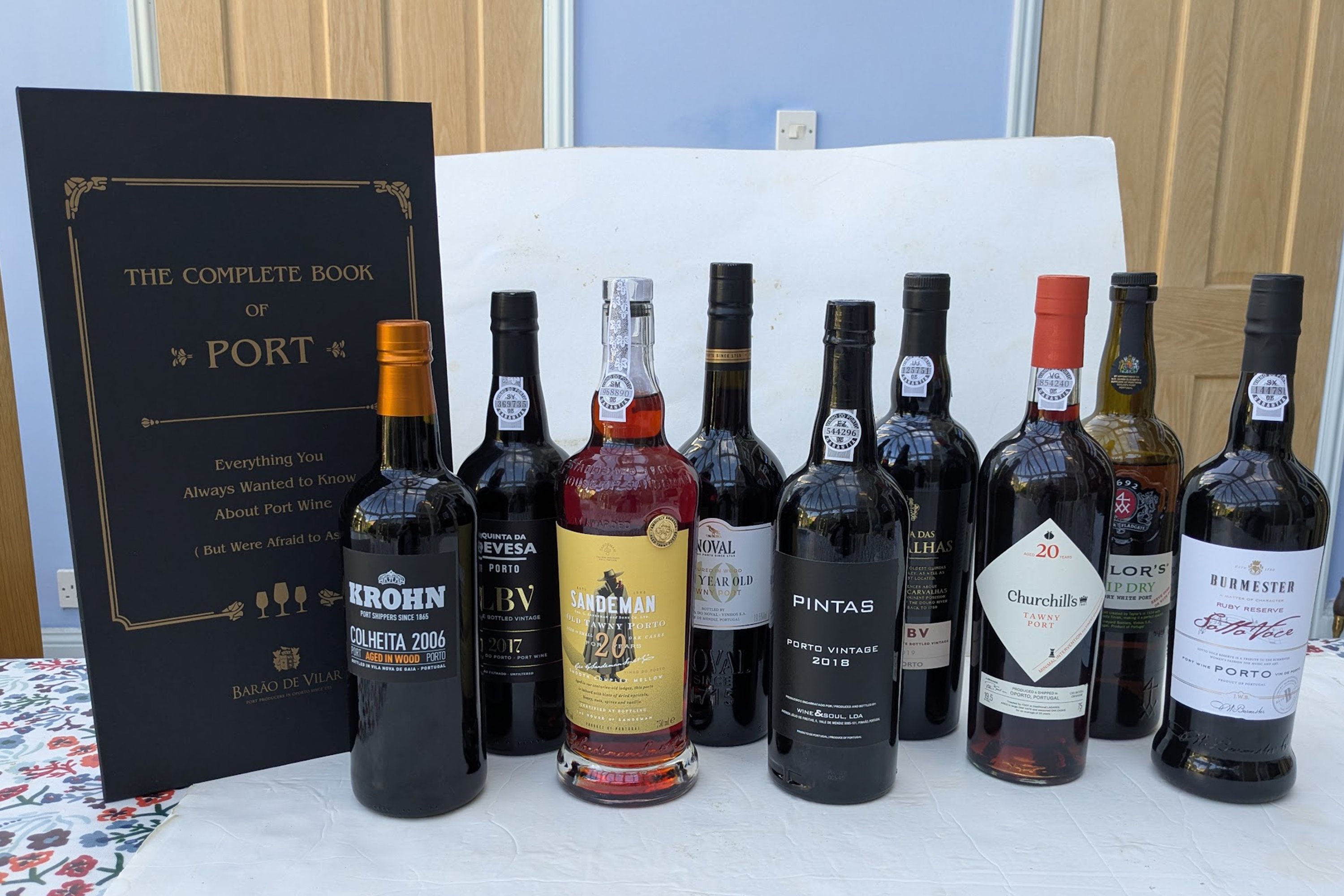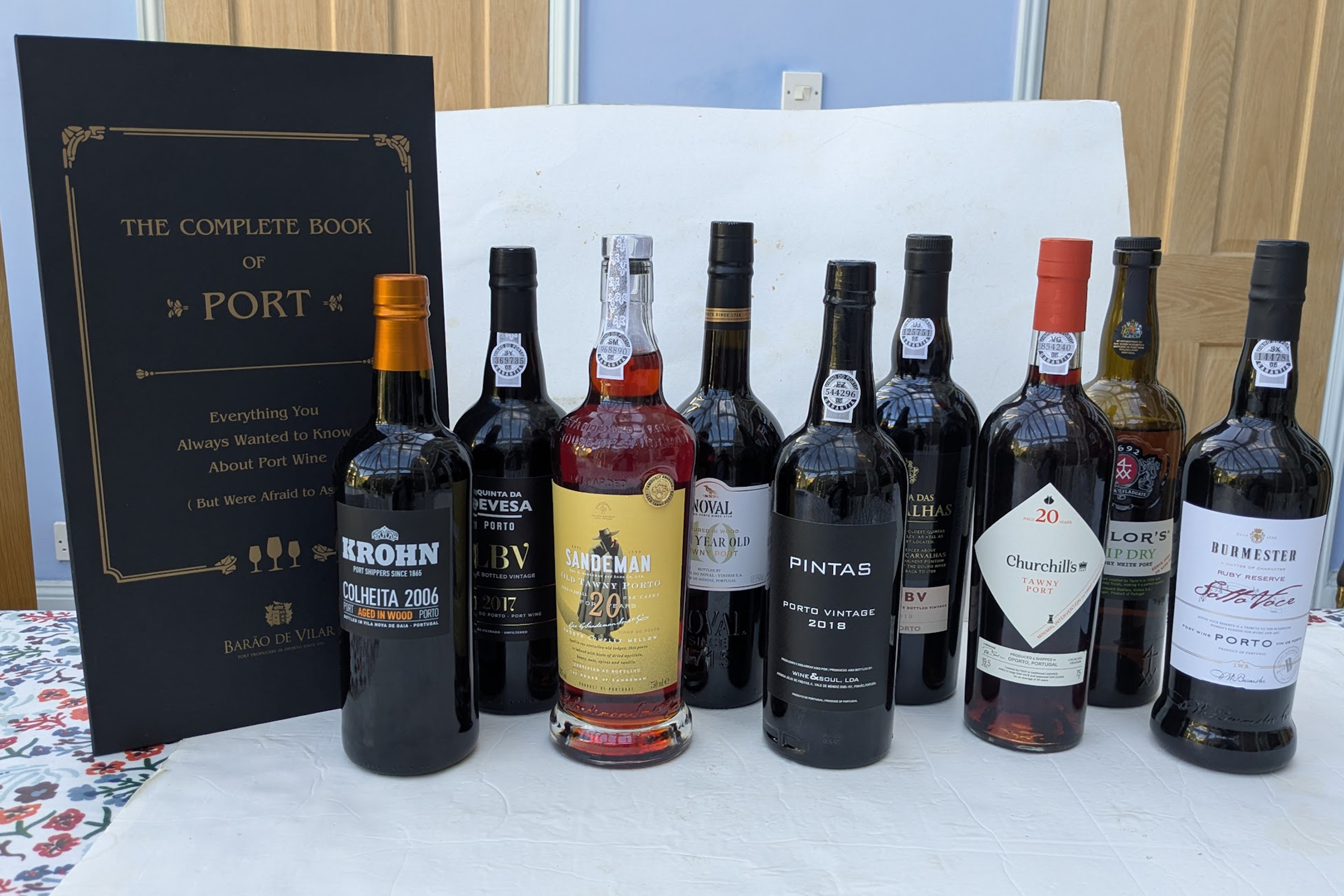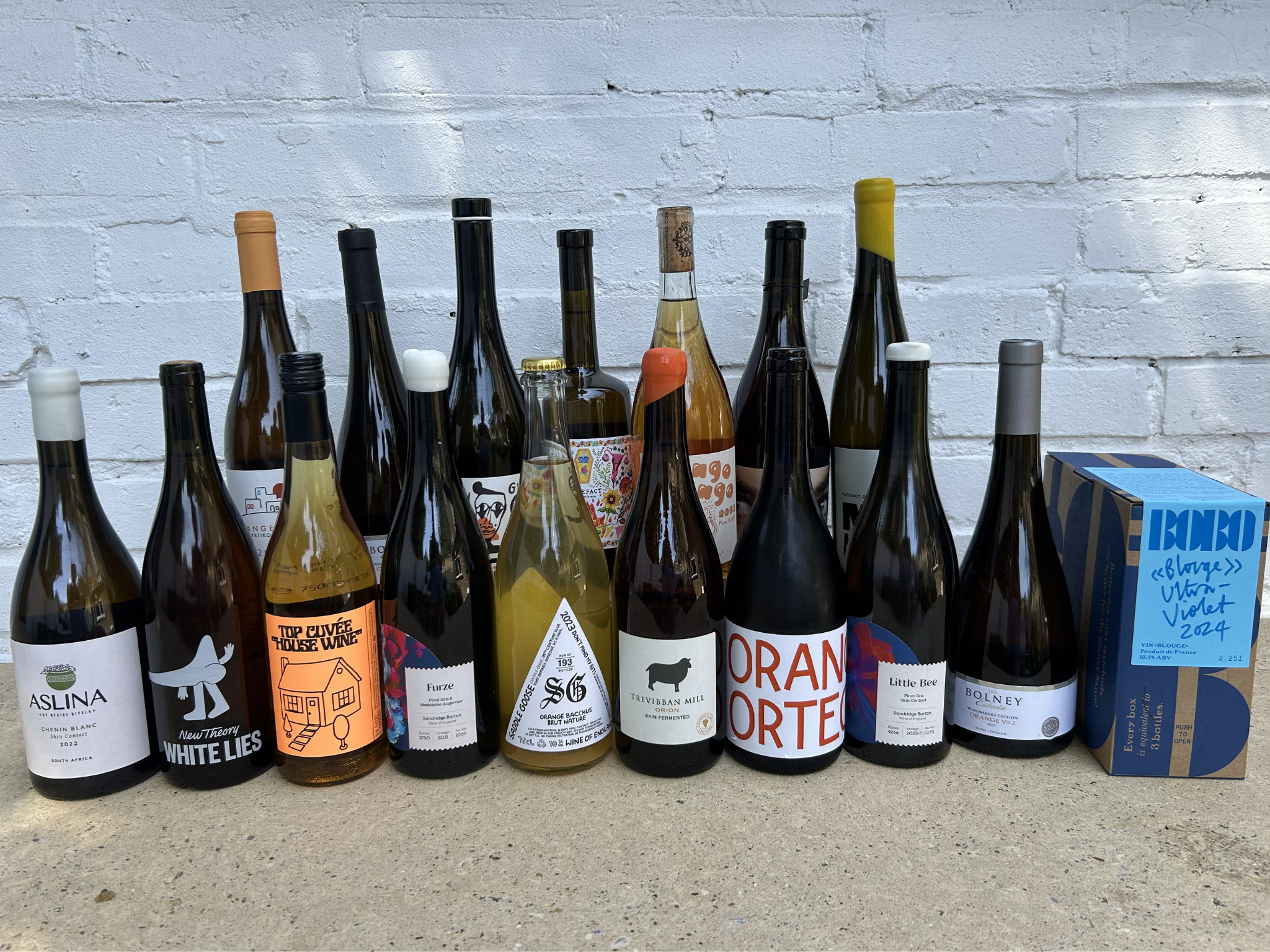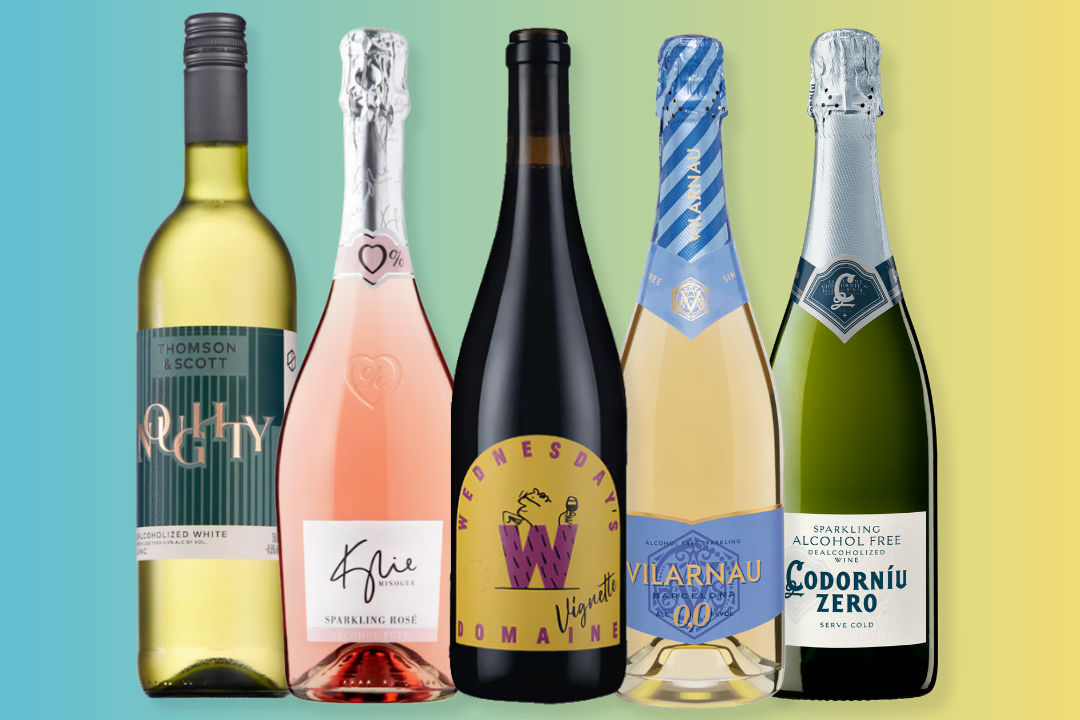The Independent's journalism is supported by our readers. When you purchase through links on our site, we may earn commission. Why trust us?
10 best ports and fortified wines to ring in the cosy season
Whether sipped as an aperitif, after-dinner drink or in a cocktail, port is more versatile than you might think

When trying to find the best port, it can be easy to get confused by the different varieties lining retailers’ shelves. But don’t worry, as I’m here to make sense of the labelling and categories, and to help simplify matters.
There are three basic types of port, all of which must come from grapes grown in the Upper Douro region of northern Portugal. Ruby port is matured in the bottle and has a dark hue, which gives it its name; tawny port is aged in barrels and has a lighter colour; while white port needn’t have any age at all and is pale yellow in colour.
Within each category, there are different styles. Ruby ports range from basic ruby and reserve ruby to late-bottled vintages (made from a single year’s harvest) and vintage single quinta (originating from a single estate).
Tawny port is classified by how long it spends in the barrel – ranging from 10-40 years. Then there’s colheita, meaning ‘harvest’, which is a tawny that has been produced from a single vintage year. Meanwhile, white ports, which are often used in cocktails, can be bottled when young or aged in barrels.
Which is the best port for you will depend on your personal preference and taste but, for me, the Sandeman 20-year-old tawny (£48.02, Amazon.co.uk) is hard to beat, and takes the top-spot in this roundup. However, there are many other excellent bottles worth sampling, so keep scrolling to find your new favourite fortified wine.
How I tested

Many of the ports were sampled (as they should be) as an after-dinner drink. But several were also enjoyed with a simple selection of cheeses or, occasionally, as accompaniment to a meat dish. The white port was sampled as an aperitif. During testing, I considered the following criteria...
- Taste: I noted the depth, body, complexity and overall mouthfeel of each port.
- Vale for money: Decent ports don’t tend to come cheap, so I considered the price of each bottle against the quality of the fortified wine.
- Pairings: As well as sampling the ports on their own, I assessed how well they paired with cheese, chocolate and meat dishes.
Why you can trust IndyBest reviews
The Independent’s dedicated shopping section, IndyBest is committed to providing unbiased reviews and expert advice. Our team of editors and writers have years of experience in testing wines and other alcoholic drinks, tate testing them to bring you the pick of the bunch.
John Clarke draws on his lifelong passion for wine to compile reviews and guides on the wide range of wines available to consumers. He started writing wine reviews for The Independent in 2015, and has discussed everything from Japanese koshu and Hungarian furmint to classic options. He put extensive wine knowledge to good use when testing a wide range of ports for this review, offering his honest opinions on which fortified wines are worth your money.
The best ports for 2025 are:
- Best overall – Sandeman 20-year-old tawny: £48.02, Amazon.co.uk
- Best budget buy – Burmester sotto voce ruby reserve: £17.95, Vintagewineandport.co.uk
- Best vintage port – Wine & Soul Pintas 2018: £67.30, Corneyandbarrow.com
- Best colheita – Krohn 2006: £34.50, Vinowines.co.uk
- Best gift set – Barão de Vilar book of port: £60, Laithwaites.co.uk
1Sandeman 20-year-old tawny

- Best Port overall
- Size 75cl
- ABV 20%
Sandeman prides itself on being the most awarded port wine brand in the world. Over the past nine years, it has collected nearly 600 medals and, with wines such as this 20-year-old tawny on offer, it’s not hard to see why. A single sip and you’re enjoying intense flavours of dried fruit and nuts with added honey and vanilla. It has a rich and layered mouthfeel that’s hugely satisfying, too. I’d recommend savouring it slightly chilled – the perfect drink to end a memorable meal.
2Burmester sotto voce ruby reserve

- Best Budget port
- Size 75cl
- ABV 19.5%
Costing less than £20 per bottle, this port is named ‘sotto voce’, meaning ‘softly with emphasis’, and the fortified wine’s character certainly lives up to its name. Subdued but vibrant, this is a rich and intense reserve ruby port that delivers bold red and black fruit flavours, along with a soft and silky finish that pairs well with a camembert cheese or a chocolate dessert. If you enjoy ripe fruit flavours, this one could be for you.
3Pintas Wine & Soul vintage port 2018

- Best Vintage port
- Size 75cl
- ABV 20%
The combined talents of winemaking husband-and-wife team Sandra Tavares da Silva and Jorge Serôdio Borges have resulted in this fresh and intense vintage port. The Pintas vineyard consists of just 2.5ha of very old vines, with 40 different grape varieties, and the port produced from them features full-on flavours of ripe black fruit and berries, along with hints of spice and convincing tannins. Like all good vintages, it can be enjoyed early but many will want to wait a few years until those flavours have matured fully. This bottle can be cellared until 2044, for those willing to wait that long.
4Krohn colheita 2006

- Best Colheita port
- Size 75cl
- ABV 20%
‘Colheita’ (Spanish for harvest) simply means it’s a tawny port from a single, specified year. This example sourced from traditional Portuguese grape varieties has spent at least seven years maturing in wood, leaving it with a complex, layered but wholly enjoyable flavour. A sweet nuttiness is offset by rich notes of damson, firm tannins and a touch of spicy acidity. It’s one to enjoy with a sumptuous creamy cheese.
5Barão de Vilar book of port

- Best Port gift set
- Size 10 6cl samples
- ABV 19.5–20%
Port producer Barão de Vilar has put together this box set with the subtitle “Everything you always wanted to know about port wine (but were afraid to ask).” What you get are 10 60ml samples of port, ranging from white and rosé through tawny and late-bottled vintage (LBV) to colheita and vintage. There are copious notes to go with each sample as you work your way through.
Of particular note were the reserve ruby, withs its luscious and deep black fruit flavours; the attractive nuttiness of the 2001 colheita; and the evolving elegance the 2017 vintage port. The set would make a beautiful gift but it’s one you might want to keep for yourself – especially if you’re keen to try different varieties of Port but are unsure where to start.
6Churchill’s 20-year-old tawny

- Best Minimal intervention port
- Size 75cl
- ABV 19.5%
Founded in 1981 by Johnny Graham, Churchill’s is now the last remaining independent British port house. It has a simple philosophy, with minimal intervention in every aspect of the winemaking, from the natural fermentation to the sustainable packaging. This 20-year-old tawny, with its beautiful brick-red colour, is jam-packed with dried fruit and salted caramel flavours, complemented by notes of spice and pepper. It’s superbly balanced, and best enjoyed with two years of bottling.
7Quinta das Carvalhas 2019 LBV

- Best Best LBV port
- Size 75cl
- ABV 20%
An LBV (late-bottled vintage) is a ruby port from a specific year, aged in wood for a longer period before being bottled. It can have all the characteristics of a vintage port but at a more reasonable price. This example comes from a Douro Valley estate established in 1864 and with more than 500 acres of vines. A prize-winning port, it has lush dark cherry and black fruit notes with hints of chocolate and liquorice, and the finish is long and velvety. This is a port you can enjoy right now.
8Noval 10-year-old tawny port

- Best 10-year-old tawny port
- Size 75cl
- ABV 19.5%
Less expensive than the Sandeman and Churchill 20-year-old tawny ports, this younger option shares many of the same characteristics – beguiling walnut and hazelnut notes backed up by full-on black fruit flavours. Noval, a port house that can trace its history back to the early 18th century, uses a blend of old ports from different vintages, with an average age of 10 years.
Like all good ports, the traditional grape varieties that go into making it were trodden by foot in traditional granite lagares (treading tanks) before being aged in huge 640l wooden casks. Take a sip of this tawny port and you’re sampling more than three centuries of history and tradition.
9Quinta da Devesa LBV 2017

- Best Unfiltered port
- Size 75cl
- ABV 20%
You’ll come across the word ‘quinta’ a lot in Portugal. It’s the name given to a rural estate specialising in wine or port making. This particular quinta was acquired by the Fortunato family in 1941 whose family winemaking skills are still evident today. As tradition dictates, the grapes were picked by hand, trodden by foot and then aged in wood for five years before bottling in 2022. The complex flavour includes lots of full-bodied dark fruit and welcome tannins. The port is also unfiltered, to release the full potential of those fruit flavours, so it needs decanting before serving.
10Taylor's chip dry white port

- Best White port
- Size 75cl
- ABV 20%
Like all other ports, white port (made with white grapes from the Douro Valley) has brandy added to it to halt fermentation and preserve the wine’s natural sugars. In this case, however, it’s added later, when much of the sugar has already turned to alcohol. This gives the port a dryness that others lack. So along with the expected mellow fruit flavours, you also gain a long, dry finish. Poured over ice, it’s a perfect aperitif or it can be enjoyed served with tonic water and a sprig of mint.
What is the best port?
A ruby port such as the Burmester Sotto Voce is easy to enjoy and ready to drink (at a reasonable price). An LBV (late-bottled vintage) such as the Quinta das Carvalhas brings a vintage-style port to the table, while the Wine & Soul Pintas vintage port supplies the whole works with huge fruit flavours that are only going to improve as the years pass. However, for an unforgettable taste sensation, my favourite port overall is the prize-winning Sandeman 20-year-old tawny, with its subtle nuttiness and layered flavours of dried fruit and vanilla.
Looking for something else to wet your whistle? Check out IndyBest’s guide to the best sherries















Bookmark popover
Removed from bookmarks